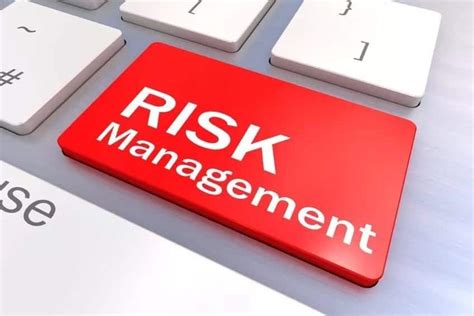The Importance Of Risk Management In Trading Ethereum (ETH)
Importance of risk management in Ethereum (ETH) trade
Cryptocurrency, a digital or virtual currency that uses cryptography for secure financial transactions, has received enormous popularity and acceptance over the last decade. Among its many cases of use, Ethereum (ETH), a decentralized platform known for intelligent contractuality, has become one of the most valuable tools in the world. As such, merchants noticed the potential opportunities and risks associated with this device. In this article, we will submit the importance of risk management in Ethereum trade and give guidance to implement effective strategies.
Why risk management is crucial for ethhars
Trade in cryptocurrencies, such as Ethereum, is a significant risk due to the consequences of market volatility, regulatory uncertainty, and the implicitability of these tools. The price of ETH can fluctuate quickly, resulting in significant losses or profits with low price movements. To effectively navigate markets, merchants need to be prioritized for risk management techniques that promote minimizing possible losses while maximizing rewards.
Here are some reasons why risk management is essential for trading Ethereum:
- Market volatility : Cryptocurrency prices can be very volatile, significant fluctuations in a short period of time. Merchants must be aware of this volatility and modify their strategies accordingly.
- Leverage and margin calls : Cryptocurrency trade often contains leverage or margin, which increases the potential of significant losses when the market moves against the trader. Risk management techniques such as position measurement and stop-loss orders can help alleviate these risks.
- Regulatory uncertainty : Governments around the world are increasingly regulating cryptocurrency space, resulting in uncertainty about future regulation and impacts on the markets. Traders must consider this regulatory environment when making commercial decisions.
- Security Risks : The decentralized nature of cryptocurrency transactions makes them vulnerable due to security threats such as hacking and phishing attacks.
Most important risk management strategies for Ethereum trade
In order to effectively address the risks, merchants can apply various strategies to help alleviate potential losses or profits. Here are some key risk management techniques:
- Position Measurement
: Determine the maximum amount you want to lose per commerce and adjust the order order accordingly.
- Stop-Loss Orders : Set the Stop-Loss order to a predetermined price level to limit possible losses when the market moves against you.
- Risk-Printing Ratio : Maintains the risk-benefit ratio that balances potential profits with the potential of significant losses.
4.
- Hedging : Use cover strategies such as options or futures contracts to alleviate possible losses if the price of ETH moves against you.
Best practices for introducing risk management in Ethereum trade
Follow these proven exercises to successfully complete the risk management techniques during Ethereum trade:
- Start with solid foundations : Start teaching yourself about the basics of cryptocurrency and risk management.
- Choose a reliable platform : Choose a reputable stock exchange or broker company offering robust risk management tools.
- Use a technical analysis : Combine the technical analysis with basic analysis to identify potential trading options.
- Set realistic expectations

: Be aware of your own risk tolerance and set realistic expectations for market performance.
- Monitor market conditions : Keep an eye on market conditions, including news, regulatory updates, and social media discussions.